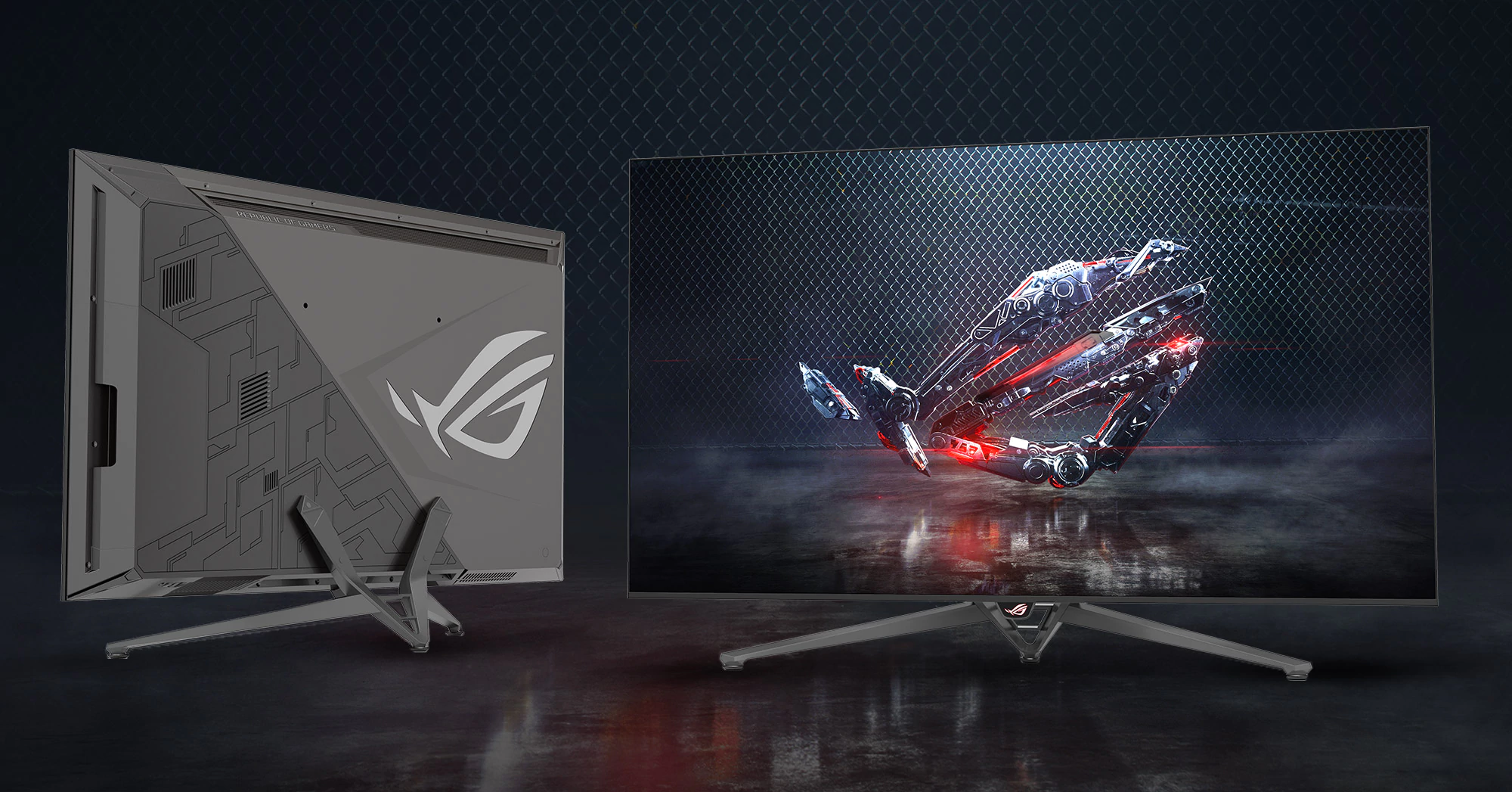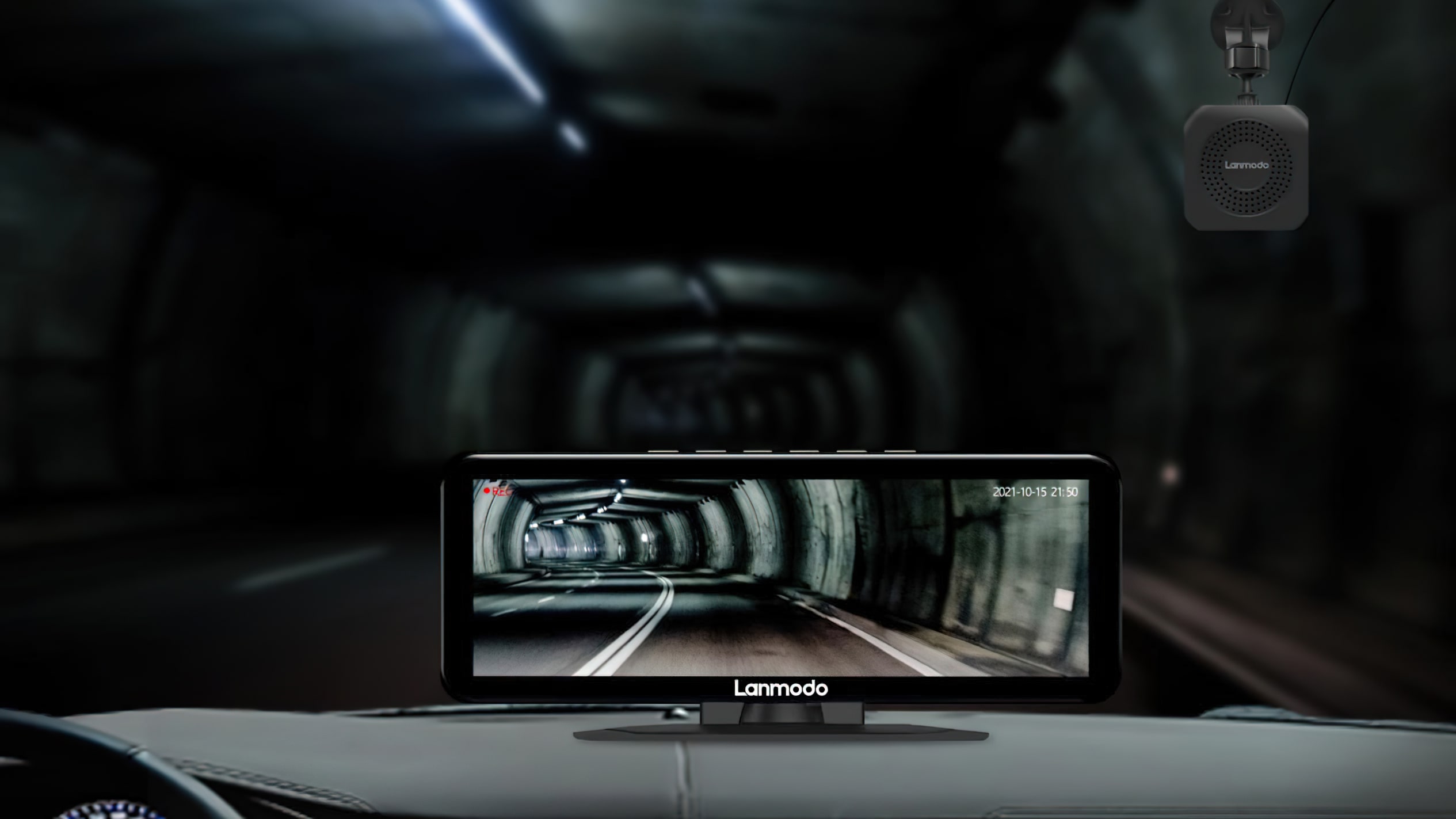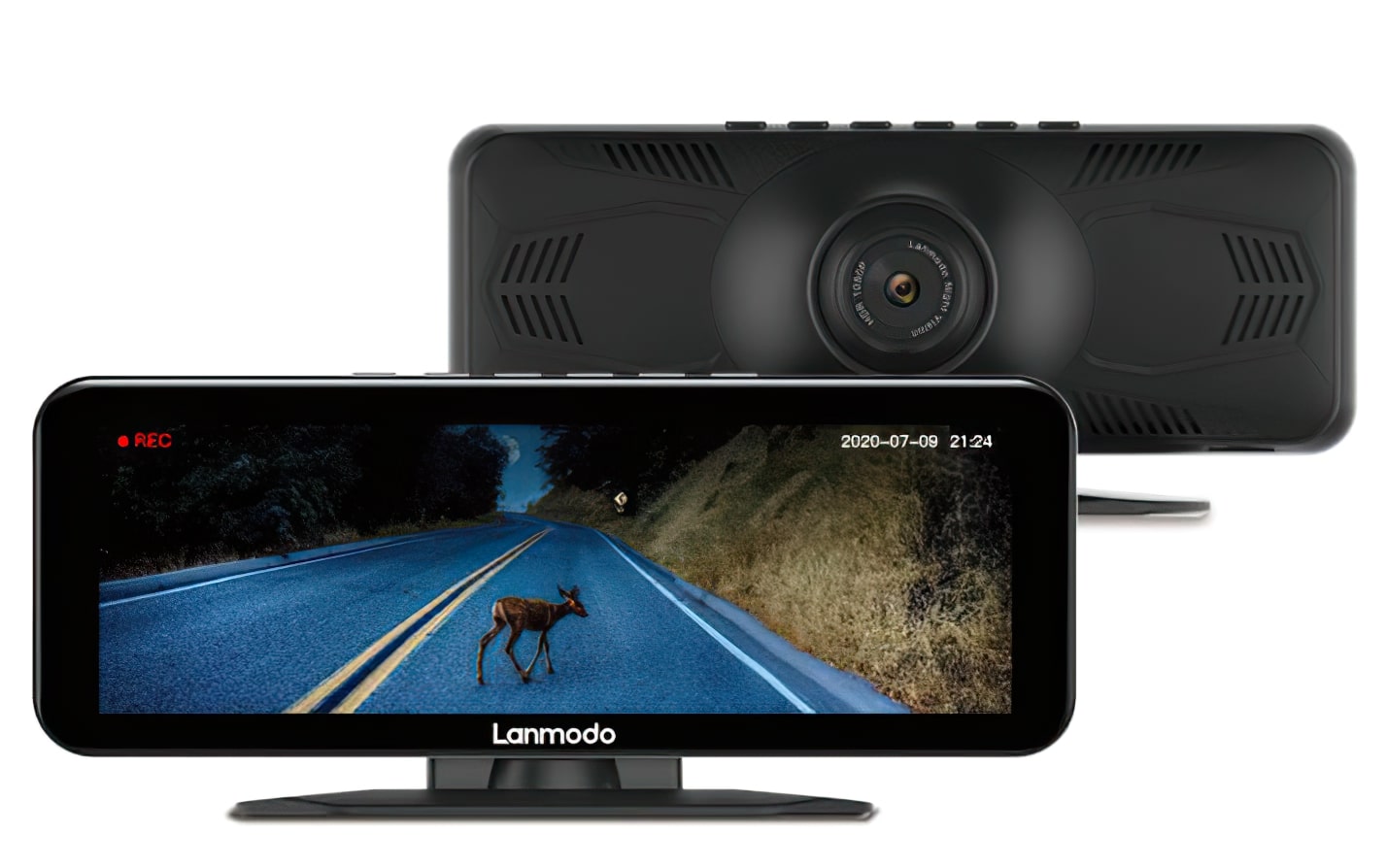
There’s only one week to go till Nvidia’s big Gamescom surprise, however will or not it’s the arrival of their new Nvidia Turing graphics playing cards or one thing else fully – one thing, maybe, like a bolt from the blue shock announcement about their upcoming Big Format Gaming Displays? We gained’t know for certain till subsequent Monday, however simply in case Nvidia do pull a quick one on us, right here’s a fast refresher on all the pieces we find out about Nvidia’s BFGDs to this point, together with who’s making them, what their specs are, and the way they may lastly make PC gaming in the lounge a actuality.
Nvidia BFGD: What are they and who’s making them?
First introduced back in January 2018, Nvidia’s Big Format Gaming Displays (or BFGDs for brief) are basically the PC gaming equal of a front room TV – and so they look as if they may very well be a number of the best gaming monitors of all time.
I’ll get into why that’s in a second, however earlier than we do get into the nitty-gritty of the BFGD’s specs, right here’s a fast have a look at the three fashions which might be at the moment in manufacturing:
- Asus ROG Swift PG65
- Acer Predator BFGD
- HP Omen X 65
There are little doubt extra within the pipeline from different producers, however these ones would be the first to reach on store cabinets. They all share the identical specs and the identical panel, so the one factor that’s actually going to distinguish them is how a lot they price and their total design. We don’t know a lot about Acer’s imaginatively named BFGD but, however we do have some early photos of what Asus and HP’s will appear like.

The Asus ROG Swift PG65 has a standard, TV-style form, however stays an unmistakable scholar of the ‘gamer’ college of design.
Asus’ PG65 seems to be fairly a chunky outdated factor if the picture above is something to go by, recalling the early ‘flat-but-still-incredibly-thick-screens’ of yore. Just have a look at these big vents on the highest and backside.
HP’s effort (beneath), however, seems to be slim sufficient for a little bit of wall-mounting, wanting rather more like a daily, high-end TV. This could be an idea picture, after all – it’s laborious to inform precisely what it really seems to be like from this explicit press picture – however fingers crossed it’s a bit extra tasteful than Asus’ ‘l33t gamer’ design.

Just in case you didn’t realise the Omen X 65 was ‘for the gamers’, HP have kitted out their tasteful monochrome minimalist front room with their tiddly Omen X P1000 PC, a few gaming figures and a neat stack of manga to present it a little bit of color.
Nvidia BFGD specs
So what makes these BFG shows so particular? Well, they’re huge for starters, measuring 65in throughout the diagonal. They even have a 4K decision, however what actually units them aside out of your typical telly is their big 120Hz refresh price, extremely low response time and G-Sync HDR assist.
That final one is especially particular. We’ve already seen the wonders and delights of what G-Sync HDR can do within the smaller Asus ROG Swift PG27UQ, and the three BFGDs must be no completely different in that regard. After all, G-Sync HDR is a hard and fast normal that mixes Nvidia’s adaptive body price tech for clean, tear-free gaming with HDR (or excessive dynamic vary), so each show that helps it ought to ship precisely the identical sort of expertise no matter display measurement.
You can learn extra about within the ins and outs of what HDR is and what it means on your sport library in our HDR on PC guide (in addition to what graphics card you need for HDR), however from a specs viewpoint, G-Sync HDR roughly boils down to 2 predominant issues: a peak brightness of 1000cd/m2 (the identical as high-end Ultra HD Premium-certified TVs) for brighter whites and extra life-like photos, and DCI-P3 color gamut protection for extra correct, reasonable colors.
Each BFGD may even have its personal Nvidia Shield streaming doodad constructed straight into the again of it, too. Yeah, yeah, huge deal, you say. Hear me out, although.
For me, this is among the huge coups of the BFGDs, because it technically means you don’t even must have a PC related to it in an effort to keep it up enjoying your favorite PC video games. That’s as a result of, in addition to having the ability to sit again and chill with a little bit of Netflix, Amazon Prime and BBC iPlayer (and, in the event you’re within the US, Hulu and HBO) by way of the Shield’s Android TV aspect of issues, you may also benefit from its Nvidia GameStream and GeForce Now tech.
The former helps you to stream video games from one other GeForce GTX graphics card-powered PC in your house, whereas the latter is Nvidia’s soon-to-be cloud subscription service (it’s nonetheless in beta in the intervening time) that allows you to stream video games you already personal (and are included as a part of the service) with out proudly owning any high-end {hardware} in any way.
Of course, a big a part of Shield’s streaming enchantment will rely upon a) the standard of your web connection, and b) your willingness to probably add one more subscription service to your life. You can also hate the concept of cloud gaming with such a ardour that you simply’re compelling to perform a little vomit in your mouth each time somebody mentions the phrase ‘cloud gaming’ (sorry) or search for on the sky.
And that’s wonderful. Streaming isn’t for everybody. But it does open up the BFGD to those that may not essentially have the ability to afford maintaining their PC up-to-date on a regular basis, and it additionally means you don’t essentially must have an enormous black field cluttering up your front room for folks to spill drinks on, by chance delete the contents of your laborious drive, or usually get in the best way of all the pieces. And that, for me, is an enormous plus in terms of attempting to play PC video games from the consolation of my couch.
Nvidia BFGD launch date
When Nvidia first introduced their BFGDs, they tentatively mentioned they’d be right here this summer time. Well, it’s just about the tip of summer time now and we haven’t seen disguise nor hair of them, so it’s in all probability secure to say that’s not the case.
It may not be too far within the distant future, although, as Asus have lastly listed the PG65 on their web site now (as of the start of July), suggesting it’s at the moment preparing for its huge launch. There’s no info on its specs tab in the intervening time, or certainly something that may counsel even the vaguest of launch home windows, nevertheless it certainly can’t be that far off.
Nvidia have additionally hinted that we gained’t have to attend that for much longer for them both. According to PC World, they’ll now arrive by the finish of 2018. Watch this house.
Nvidia BFGD value
The one factor we don’t know, nevertheless, is how a lot every BFGD goes to price – which can properly negate that earlier remark about it being a greater use of your cash than frequently upgrading your PC each couple of years.
We can, nevertheless, take an informed guess. Given that Nvidia’s normal-sized G-Sync HDR shows such because the Asus PG27UQ will at the moment set you again £2300 of your wonderful English kilos or $2000 of your even finer US {dollars}, we are able to comfortably assume they’re going to be, and I quote, a heck of much more than that.
Maybe we’ll discover out extra at this yr’s Gamescom, perhaps we gained’t. Either means, you might be certain I’ll maintain you up to date as quickly as we all know extra.


